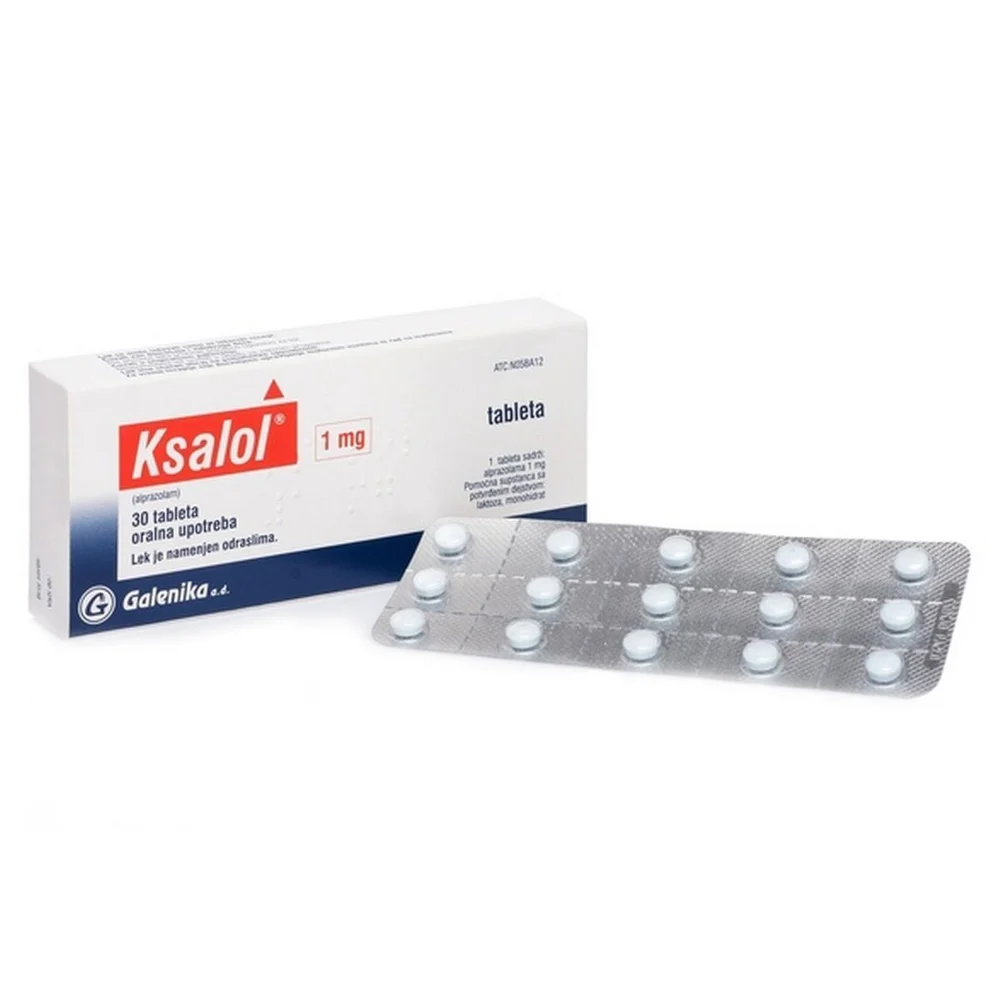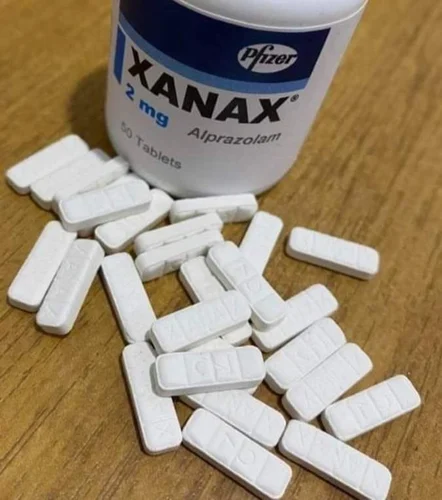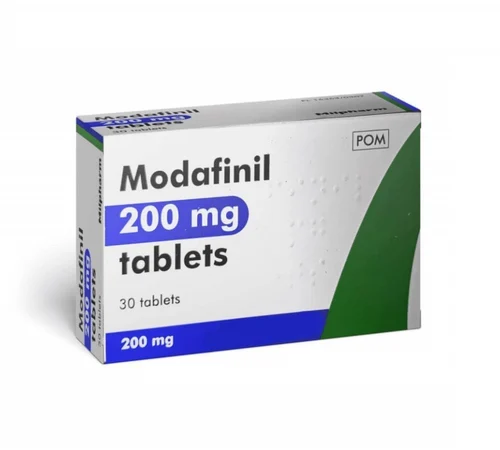Email: info@bestonlinepharmacyuk.com 15% OFF EVERYTHING Whatsapp +1 209 502 608 Call +44 7462037680

Buy Sleeping Pills UK - Best Online Pharmacy UK
Living with sleep and anxiety disorders is very difficult and overwhelming. If you are looking for safe, effective sleeping pills online UK medication to deal with those disorders, look no further. Best Online Pharmacy UK is a trustworthy source of Buy Sleeping Pills UK and insomnia and anxiety medications all over the UK. We have been happily serving a lot of people with insomnia and anxiety medications since 2016. Being a reliable source of medications, we supply medicines all over the UK, the US, and Australia. We aim to provide people with high-quality medicines with convenience and cost-effectiveness. Customer health and satisfaction is our priority and it keeps us going. Providing quality and affordable medications with confirmed delivery and 24-hour customer service makes us a renowned online pharmacy. Visit our website and buy sleeping tablets online UK at best prices.
Trusted Online Pharmacy Serving the UK, USA, and Australia
Best Online Pharmacy UK offers a secure and convenient platform for purchasing sleeping tablets in the UK, USA, and Australia. Furthermore, you can choose from a wide range of medications that effectively treat insomnia, anxiety, and pain. In fact, our online pharmacy provides all high-quality medicines at affordable prices and top-notch quality. Moreover, we ship all healthcare products quickly and confirm their delivery in the UK, USA, and Australia. Also, we pack medications in proper blister packaging to ensure customers’ privacy.
Our pharmacy is one of the best online pharmacies in the UK. Because you get access to a variety of medications under one roof. Buying sleeping pills online from our pharmacy saves both your time and money.
People use many OTC and prescription medications to manage anxiety and related disorders. We stock a variety of anxiety medications such as Diazepam, Xanax, Lorazepam, and Clonazepam. Whether you’re looking for prescription options or trusted anti anxiety medication, we offer safe and discreet choices delivered across the UK.
Sleeping medication help promote quality sleep. These medications induce sedation and drowsiness to relieve the symptoms of insomnia. You can buy Zopiclone Online UK and Zolpidem sleeping pills at our online pharmacy at reasonable prices. We also offer a wide selection of sleep aids to support better rest and overall well-being.
These medications help treat moderate to severe pain. They effectively relieve back pain, muscle pain, headaches, arthritis, and other types of pain. Chronic and long-term pain can make life miserable. Buy Tramadol and Tapentadol online from our pharmacy to manage different kinds of pain.
Buy Sleeping & Anxiety Medications Online at Affordable Prices
Plenty of online pharmacies are available on the internet, each claiming to be the best. Nevertheless, Best Online Pharmacy UK genuinely stands out as one of the most trusted sources for buying sleeping pills in the UK. Several reasons make our pharmacy better and different from other online pharmacies, including:
A variety of medications and healthcare products: Our pharmacy offers a wide range of sleep, anxiety, and pain relief medications. Moreover, we provide access to some of the bestsleepingtablets, that are often unavailable in offline stores. As a result, people no longer need to rush around searching for their medication. They can conveniently find everything at our online pharmacy. It saves time, avoids hassle, and prevents unnecessary stress.
Reasonable prices: As you know, we deal only in branded medications, yet we still offer them at reasonable prices. In addition, we frequently run discounts and offers. So, you can save money by using discount coupons and opting for combo deals.
No need for a prescription: Many sleep and anxiety aids are prescription-based. Usually, people need to visit a doctor or pharmacist to get the required prescription. However, at our online pharmacy, you don’t need a prescription to purchase sleeping tablets or anxiety medications. Whether or not you have a prescription, we will provide you with the best and most genuine medications.
Besides these facilities, we offer express shipment and confirmed free delivery. Moreover, in some rare cases, if your order gets stuck in customs, we’ll reship it without any extra charges. Along with that, we have 24/7 customer support services. You can contact us anytime via call, email, or WhatsApp if you have any queries about your order. that are often unavailable in offline stores people no longer need to rush around searching for their medication find everything at our online pharmacy
Our Products
-
Tramadol 100mg
This product has multiple variants. The options may be chosen on the product pageRated 2.00 out of 5119.00 £ – 449.00 £Price range: 119.00 £ through 449.00 £ -
Zolpidem 10 mg
119.00 £ – 449.00 £Price range: 119.00 £ through 449.00 £This product has multiple variants. The options may be chosen on the product page -
Clonazepam 2mg
119.00 £ – 449.00 £Price range: 119.00 £ through 449.00 £This product has multiple variants. The options may be chosen on the product page -
Zopiclone 7.5mg
This product has multiple variants. The options may be chosen on the product pageRated 2.50 out of 5119.00 £ – 449.00 £Price range: 119.00 £ through 449.00 £ -
Diazepam 10mg
119.00 £ – 449.00 £Price range: 119.00 £ through 449.00 £This product has multiple variants. The options may be chosen on the product page -
Xanax 1MG
119.00 £ – 449.00 £Price range: 119.00 £ through 449.00 £This product has multiple variants. The options may be chosen on the product page -
Lorazepam 2mg
119.00 £ – 449.00 £Price range: 119.00 £ through 449.00 £This product has multiple variants. The options may be chosen on the product page -
Xanax 2 mg Bars
130.00 £ – 489.00 £Price range: 130.00 £ through 489.00 £This product has multiple variants. The options may be chosen on the product page -
Modafinil 200 mg
119.00 £ – 449.00 £Price range: 119.00 £ through 449.00 £This product has multiple variants. The options may be chosen on the product page -
Zopiclone 10 mg
This product has multiple variants. The options may be chosen on the product pageRated 4.00 out of 5119.00 £ – 449.00 £Price range: 119.00 £ through 449.00 £
Why Choose Best Online Pharmacy UK?
Wide Selection of Anxiety & Sleeping Medications
You get an extensive selection of various best sleeping tablets along with pain relievers. When compared to traditional medication stores as well as other pharmacies, we provide a considerably wider range genuine medications.
Competitive Price Of All Medications
We provide all the available medications at steep discounts. In addition to the low prices, you may take advantage of a variety of deals, to save even more money. Regularly accessible coupons and discount codes may be utilized to further reduce the cost. We also offer sleep medications online UK as part of our discounted medication range.
Get Medications With Or Without Prescription
To avoid hassle and save time many people often avoid visiting local pharmacies to get prescriptions. No worries! Even if you do not have a prescription, you may visit bestonlinepharmacyuk.com and get genuine medication from us.
Money Return
Guarantee under 7 days
Member Discount
On every order over $100.00
Free Delivery
Free shipping on all order
Support 24/7
Support online 24 hours a day










